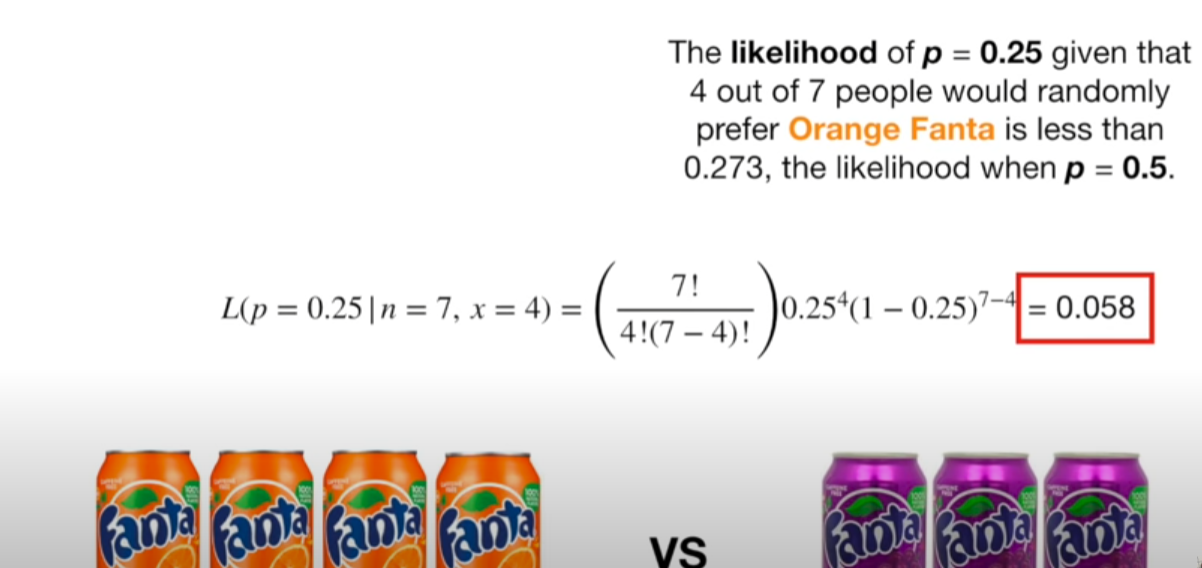I am trying to understand this picture from Statquest
in the light of the Wikipedia statement that Likelihood
describes the joint probability of the observed data as a function of the parameters of the chosen statistical model.
Am I right thinking "joint probability" does not apply here since we only have 1 dimension, being X?
I am also confused here about what it means to have
a likelihood of p = 0.25 when p = 0.5
surely p cant be both?

